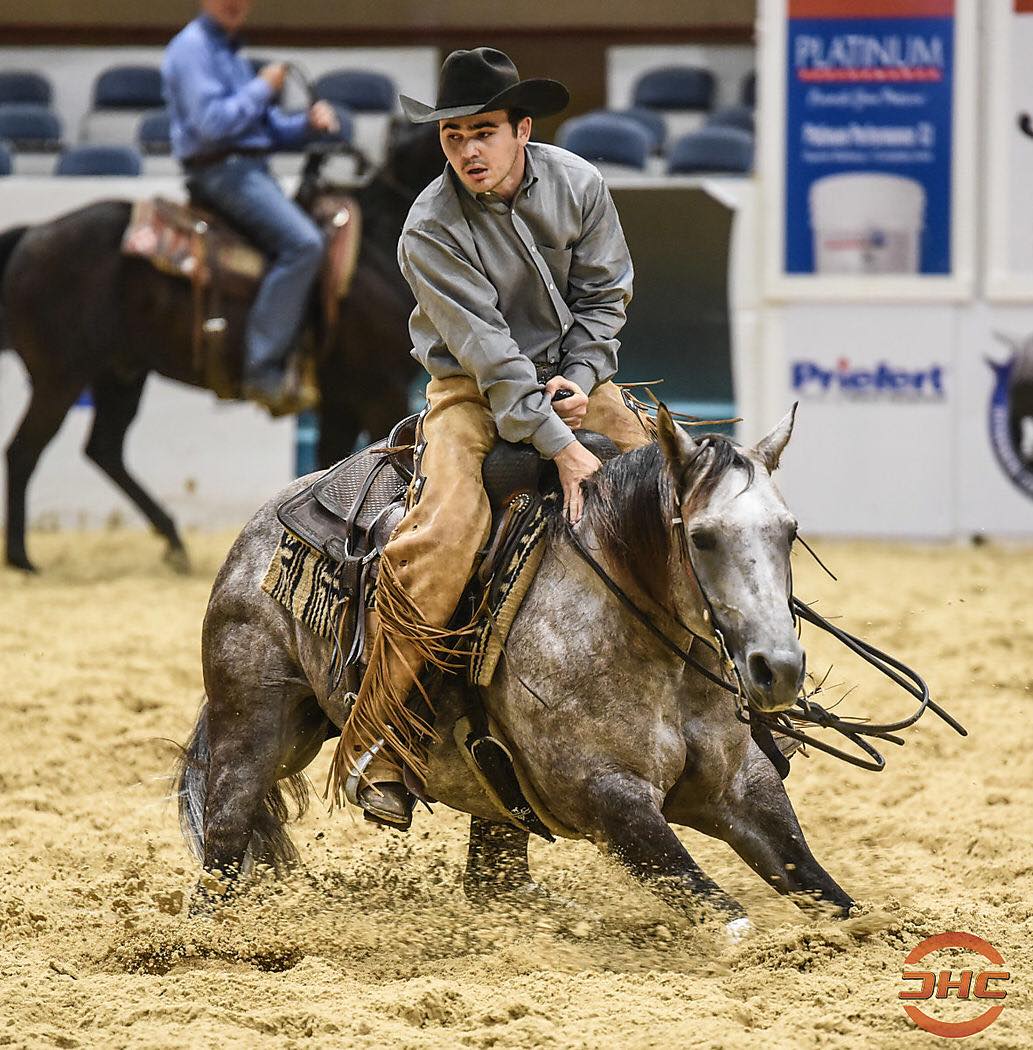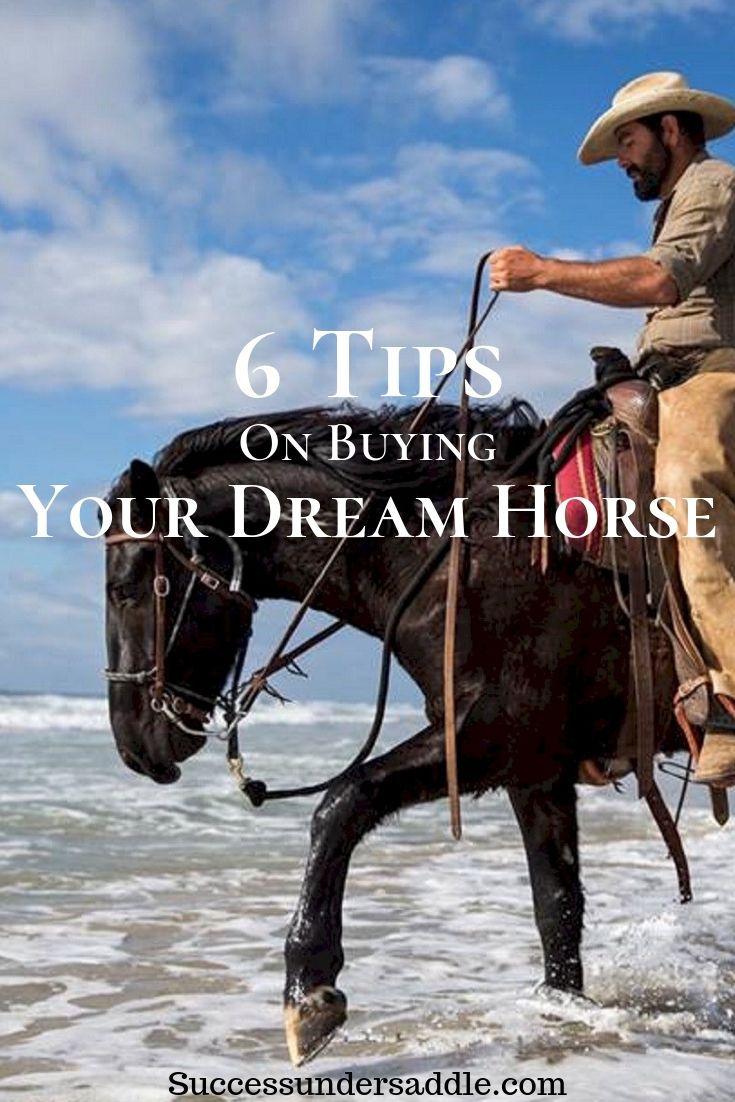Are you thinking about buying your first horse? Maybe this isn’t your first horse, but you’re looking for your dream horse.
My parents bought me my first horse for my 14th birthday. Like many of you, I have loved horses all my life. I can’t remember when horses were not a passion of mine. I remember the excitement of my family when I was handed a birthday card that year. My Dad seemed almost giddy as he watched me rip open the envelope. Inside the card was a Polaroid picture of a little chestnut mare standing with my brother.
At first I was confused, and then it hit me, my parents had finally agreed to buy me a horse! I burst into tears of happiness! My parents told me that the horse in the picture was for sale, but that she was just a symbol of their intention. I was so excited that I wanted to go to the farm and see her right then, and as you can imagine, we bought her. I don’t remember if we even looked at any other horses.
My parents weren’t horse people so they didn’t know anything about buying a horse and all I knew was that my dream had come true! Soon after that though, it became apparent that the horse had some health and lameness issues. I was heartbroken. My dream was turning into a nightmare. Over the years, I have and other successes and some disappointments in horse selection. Here are my 6 tips on purchasing your dream horse:
Tip # 1 – Be Crystal Clear on Your Goals with This Horse
Are you purchasing a horse for pleasure or trail riding? Do you plan on competing? Have you been taking lessons in a specific discipline and are ready to purchase your own horse?
There are so many options and activities to do on horseback. You will want a partner that will help you meet your goals and have fun! If you plan on competing in a specific event, then you will be looking for a horse with a specific skill set. For example, if you want to compete in the sport of reining, then you will want to look for a horse that naturally has the ability to do the signature sliding stop.
I was at a clinic one time where the clinician, Teddy Robinson, a well known cow horse trainer, made the comment “Buy the stop. Everything else can be trained”. Trying to retrofit a horse you already own into a sport or discipline that it’s not suited for can be a very frustrating and even an expensive endeavor.
Tip #2 – Determine Your Budget
The purchase price of the horse is only the beginning. Let’s face it, there is a significant financial commitment needed when owning a horse. (By the way, it’s worth it!) Consider these costs:
- Feed and board
- Vet and dental expenses
- Farrier expenses
- Lessons and Training fees
- Show fees
- Hauling fees
- Insurance
Take all of these things into consideration when establishing your budget. Buy the best horse you can afford.
Once the horse is purchased, most of the fees are the same. Its costs the same to feed a bargain horse as it does a more expensive horse. I compete in the sport of cutting. I once heard an acquaintance say “cutting is expensive, but it’s really expensive if you try to compete on a non-competitive horse”.
Tip #3 – Get Help with Your Purchase
If you are working with a riding instructor or trainer, ask them to help you find a horse. You should be aware that many professionals will charge a commission or finder’s fee to help you. That’s ok, it’s part of their business, however, you need to be clear about this up front so you aren’t taken by surprise.
A professional can help you assess your abilities and those of a potential prospect so that you and the horse have a complementary skill set. If you are a beginner, you do not want to buy a “green” horse. Don’t let anyone convince you that you can “learn together”. In the words of Pat Parelli, “green on green, make black and blue”.
As a beginning rider in any discipline, you will be looking for a horse that is very forgiving of your mistakes. Horses that are experienced in your event and can help you as a partner to create an awesome team.
Tip #4 – Ride the Horse
Ride the horse. Be sure the horse “feels good”. Look for smoothness, willingness and control. If you are working with a trainer or instructor, be sure that they ride the horse as well.
Be clear with your trainer what his role will be with this horse. Sometimes trainers will look for horses that they can also ride and show in open classes. If that is your intention, then you will be looking for a partner that can compete at that higher level. Many trainers have a specific program and will be looking for horse that is a good fit for their program.
You will want to find a horse that is a good fit for your and your trainer. Sometimes owners will actually allow you to take the horse home and try it for a week, or even take it to a horse show to compete. This is a great idea if you can do it!
Tip #5 – Get a Pre-Purchase Exam
I recommend having a vet perform a pre-purchase exam even if you plan on using this horse for pleasure riding. You do not want to experience the heartache of unhealthy horse such as I experienced with my first horse.
Since I compete in an event that requires high movement of my horse, I also recommend x-rays. I have hocks, stifles, feet and fetlocks done. This costs a little more, but brings me peace of mind that I know what’s going on in those joints to some extent.
Tip #6 – There’s No Perfect Horse
There is no perfect horse. Just like people, horses have unique personalities , behaviors and even some “quirks”. It’s up to you and your trainer to decide what behaviors are acceptable at this point of your journey. For myself, I have few deal breakers:
- Horses that pull back when tied
- Horses that rear
- Horses that kick, especially in a trailer
- Horses that bite
- Horses that crib
Other annoying habits that cause me concern are below, however I’ve found that these behaviors can be overcome with correct handling and training:
- Horses that pin their ears when approached
- Horses that won’t stand to saddle or stand for the farrier
- Horses that won’t load into a trailer
- Horses that won’t let you touch their ears so bridling is difficult
- Horses that are hard to catch
That’s it! I hope you found these tips helpful. If you would like a copy of my free guide to buying your next horse, click the button below and I will send it to you!
Let me know your experiences in the comments section and also let me know if you are currently hunting for your next equine partner!
Enjoy the Ride!



